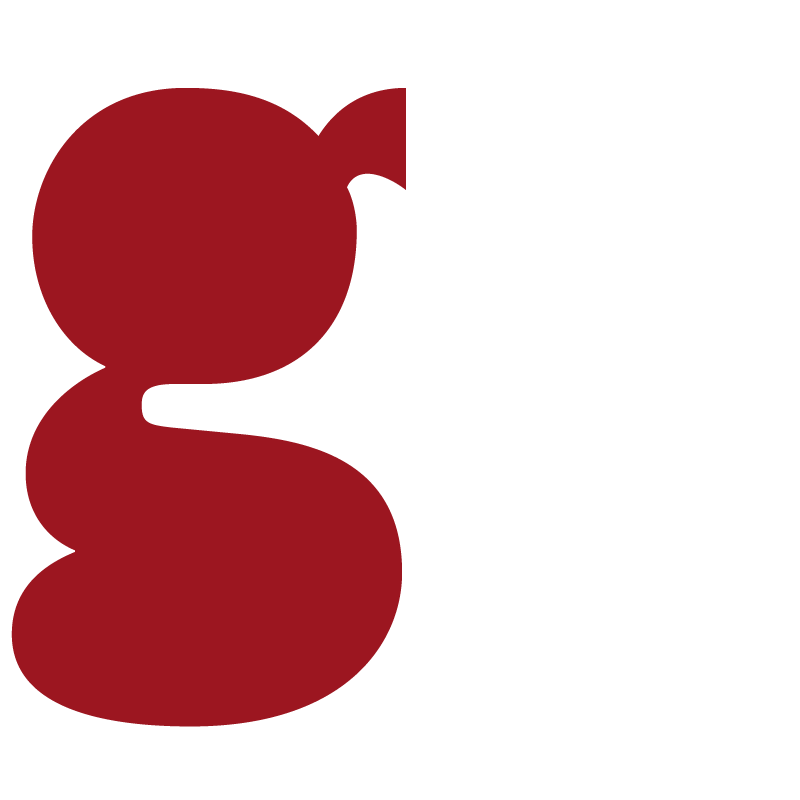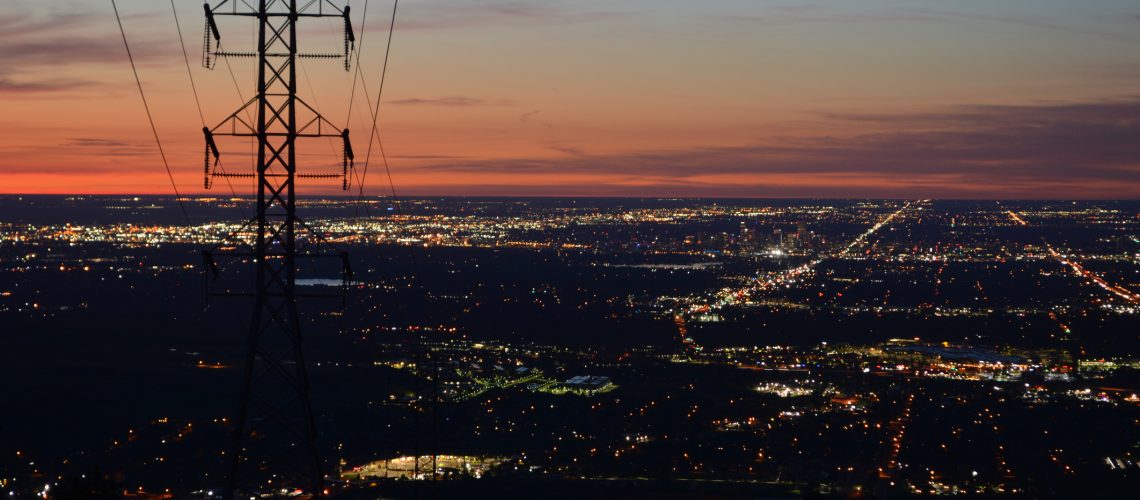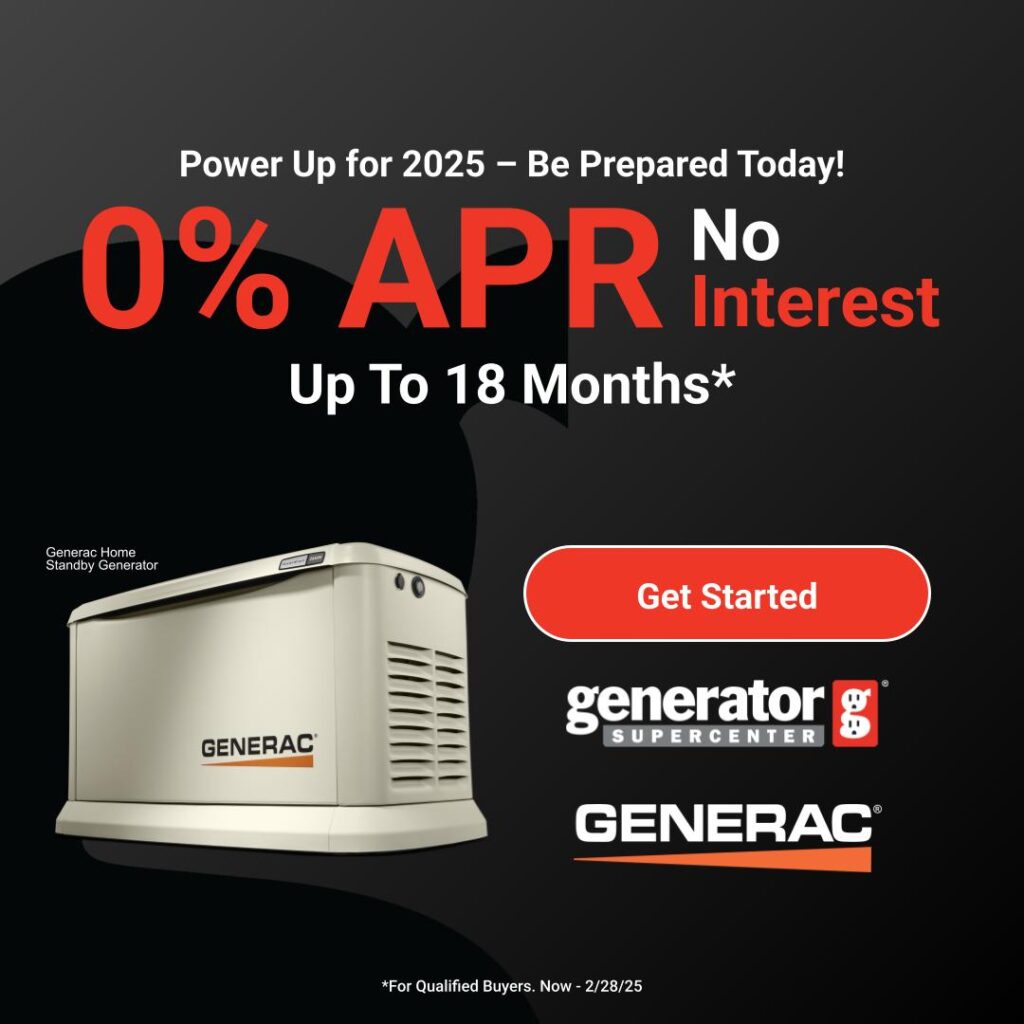Many of us only think of the power grid when it goes down. As we sigh with the inconvenience of a power outage, we don’t often realize what the power grid is and how the system works. This article will help shed some light on our power grid and how it provides energy to our homes and businesses.
What Is A Power Grid?
The power grid is the electrical network that supplies all buildings with electricity. This network comprises energy providers, utility companies that help deliver energy nationwide, and the infrastructure and technical support needed to keep the grid running. The US power grid comprises three smaller grids: Western, Eastern and Texas. These three are interconnected at grid stations but mostly work independently.
The generating stations for each power grid are connected. They are used to share operations as much as possible to ensure the continual supply of energy and maximum power supply capacity. The power grid is called a ‘grid’ because all the power stations are interconnected.
How Does The US Power Grid Work?
The US power grid is comprised of the Western, Eastern and Texas grids:
- Western – goes west of the Rocky Mountains, including a power station in Mexico and some in Canada. It has just under 40 power stations.
- Eastern – goes east of the Rocky Mountains and includes part of North Texas, with just under 40 power stations.
- Texas – Texas has its council responsible for maintaining the power grid for most of Texas.
The Eastern and Western grids allow for power transfer at select grids. At the same time, the Texas council (Electric Reliability Council of Texas, or ERCOT) is responsible for the stations under its jurisdiction. ERCOT manages the Texan grid within state lines, independently of the Western and Eastern Connection.
What Is The US Power Grid Made Up Of?
The US power grid comprises the infrastructure needed to deliver electricity to homes across America. It is managed by regional entities known as grid operators, who maintain the electrical grid and signal to power plants when more power is needed.
Power plants generate energy from fossil fuels, renewable energy, or nuclear power. The power generated is moved along power lines by transformers that move the energy along the series of circuits along the line. These high-voltage transmission lines reach substations, where voltage is lowered and diverted for use in your home.
What Do We Do When The Power Grid Is Down?
Given the complexity of the US power grid, it’s understandable that there are times when there are power outages. When weather, human intervention, or interference from wildlife impacts power delivery to your home, a generator is the perfect solution to keep electricity in the home running.
Do you want to learn more about how a generator can help when the power grid is down? Generator Supercenter can help you find a solution to the power outages impacting your local grid today.








